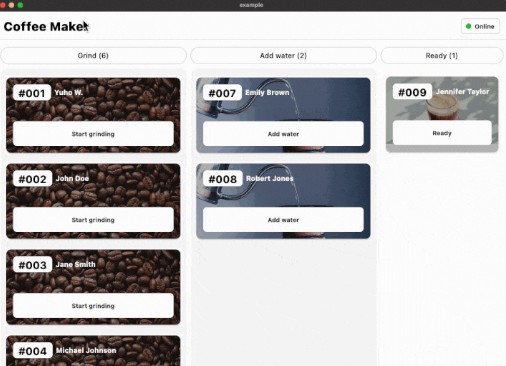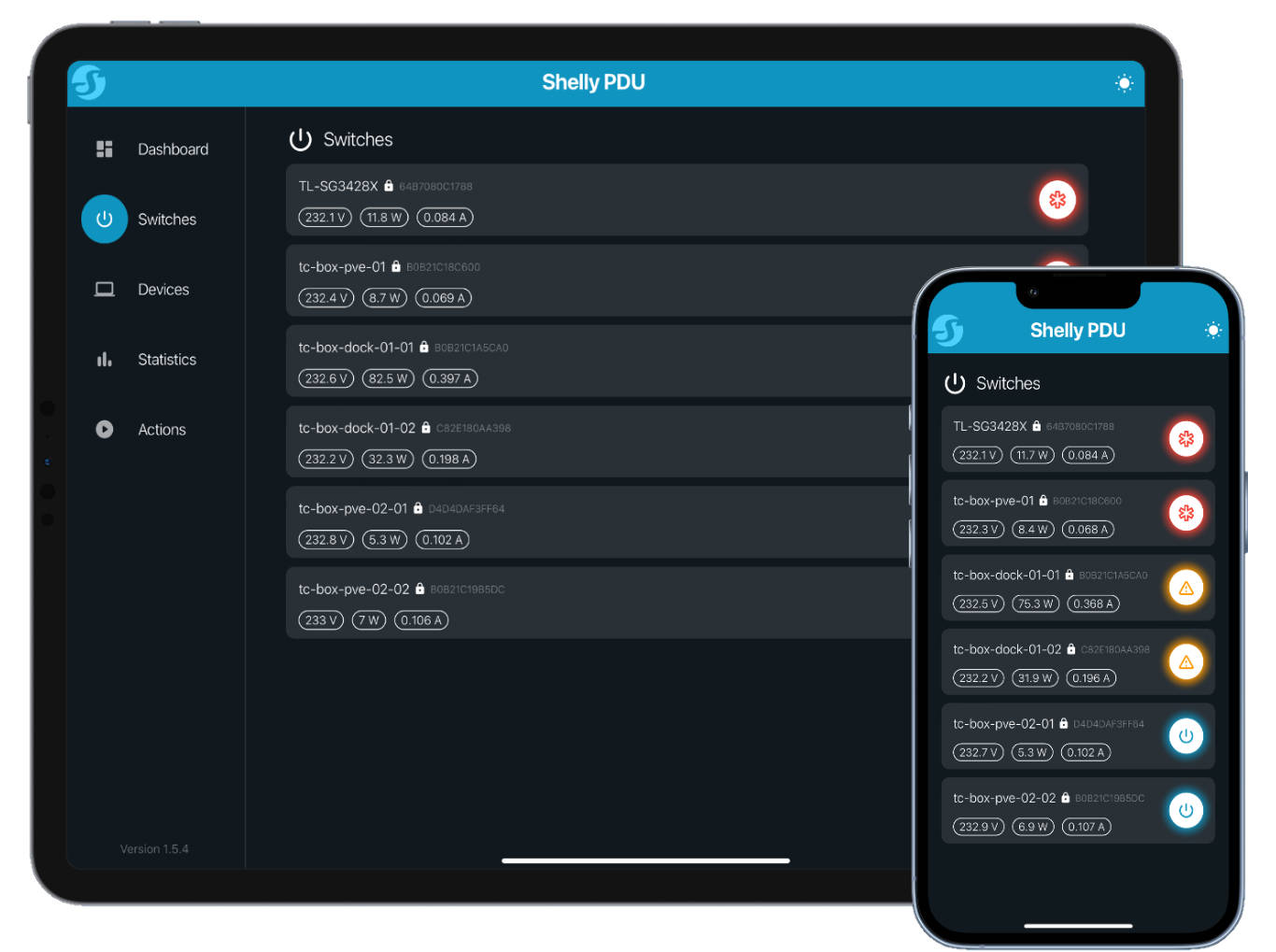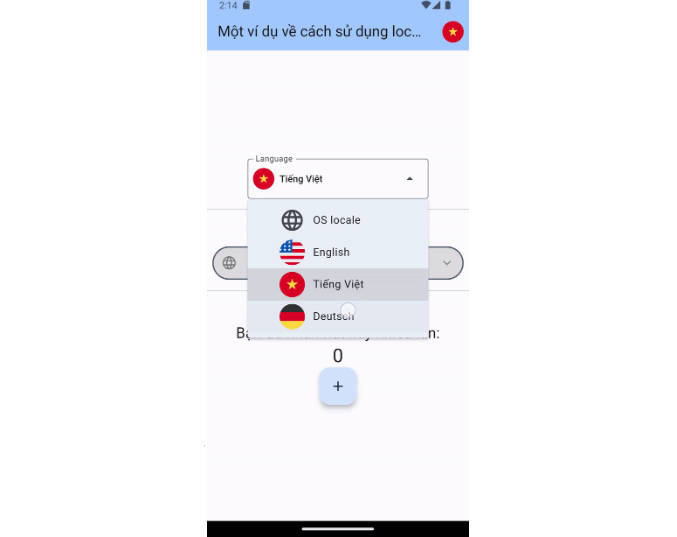Inu ?
Features
Inu is a simple localization tool for Flutter applications. It’s based on a class generation from structured YAML files containing all Strings for the application.
A locale class is generated from every locale file. Once generated, you can access the Strings from a Inu class instance.
Getting started
All localization files should have the same YAML-Map structure. The value of each key should contain the translated String for each language.
- place all your localization files in a directory
assets/translations/ - add Inu to your dependencies in your Flutter app with
flutter pub add inu - run
dart run inu:initto generate the locale classes for the first time
Usage
Inu creates an abstract class called Inu, which every other locale class implements. This class is generated from the main language used during development (most likely English).
If you dont provide any translations, the Strings from the Inu class are used as a “fallback locale”.
If you have added more Strings to your locale files you can run
dart run inu:gen_classes
or
just inu
if you use just.
Inu checks the locale files for completeness during the generation process. Once it discovers Strings that aren’t translated, you can translate them right away in the terminal prompt or skip the process.
Once the classes have been generated, you can move on by using an instance of Inu as a Container for all your Strings.
You can write a method like this and store the returned value as a global variable or within a state management system like get_it:
Inu chooseLocale() {
final String langCode =
Locale(Platform.localeName).languageCode.replaceAll('_', '-');
switch (langCode) {
case 'de-DE':
return DeDE();
default:
return EnUS();
}
}
You can also use arguments in form of a List<String> or named arguments with a Map<String, String> with the String and Text() extention tr().
Simply add curly braces to your String value in your locale files like this:
arguments: this String contains {} and {}
namedArguments: Hello, my name is {firstname} {surname}
Then use the tr() extention like this:
Text(inu.arguments).tr(['letters', 'numbers']);
String greeting = inu.namedArguments.tr(namedArgs: {
'firstname' : 'Ryan',
'surname' : 'Stecken'});
Checkout the Example for a translated version of the Flutter demo app!
Structure of locale files
You should structure your files in form of a simple map (no lists or plain text). The map structure has to be the same for all files.
Example
English locale file
title: app
section1:
undersection1:
key1 : Value
key2: "great value"
anotherKey : another value
section2:
supriseKey: ""Boo!""
arguments: this String contains {} and {}
namedArguments: Hello, my name is {firstname} {surname}
end: this is the end
German locale file
title: App
section1:
undersection1:
key1 : Wert
key2: "toller Wert"
anotherKey : weiterer Wert
section2:
supriseKey: ""Buuh!""
arguments: dieser String beinhaltet {} und {}
namedArguments: Hallo, mein Name ist {firstname} {surname}
end: das ist das Ende




